On this page:
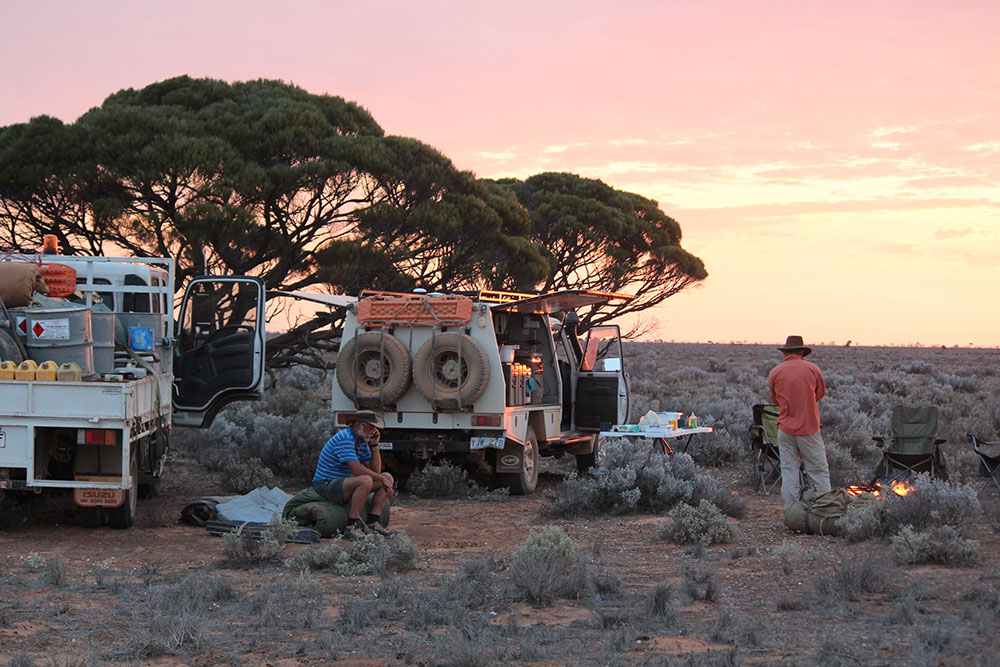
Seismometers track fracking for farmers
AuScope has facilitated the deployment of earth monitoring infrastructure, such as seismometers, in areas undergoing coal seam gas development. These activities have seen great support from local farmers who view AuScope as an unbiased provider of data. When fracking events take place, farmers can refer to AuScope data feeds and see whether the event may impact their properties.
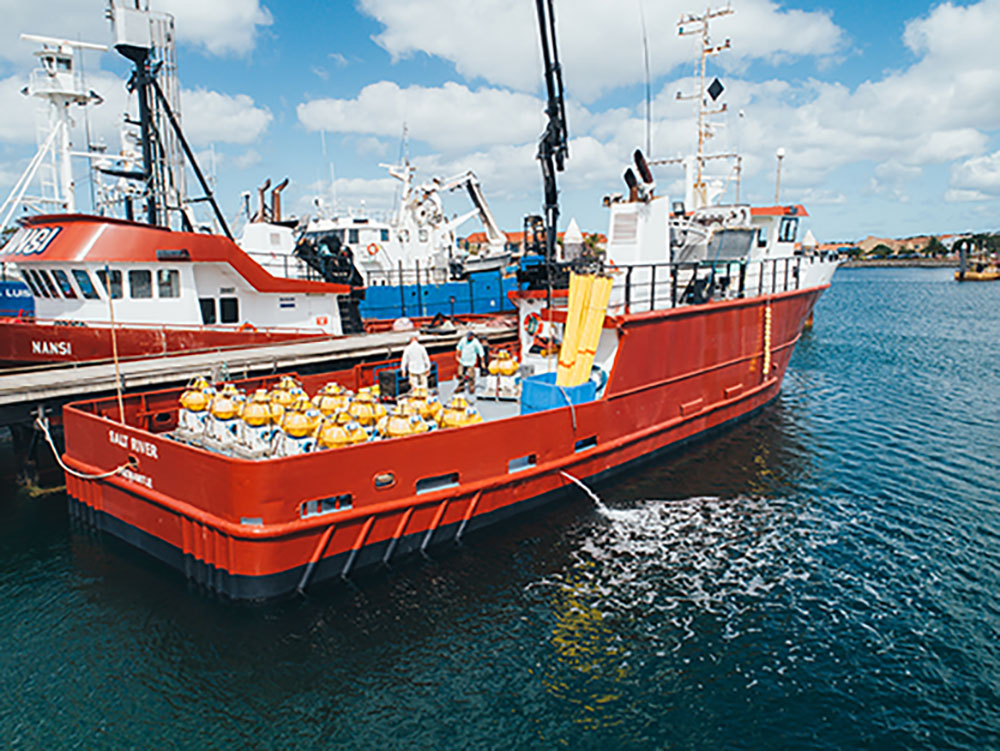
Imaging seafloor for mineral exploration
A team of international scientists lead by AuScope researchers have imaged the Spencer Gulf sea floor in South Australia. Their efforts are part of the Australian Lithospheric Architecture Magnetotelluric Project. The project is a national survey that acquires long-period magnetotelluric (MT) data. The data will be compiled into the world’s first national MT data set, which will be used widely as a geographic imaging resource.
More information available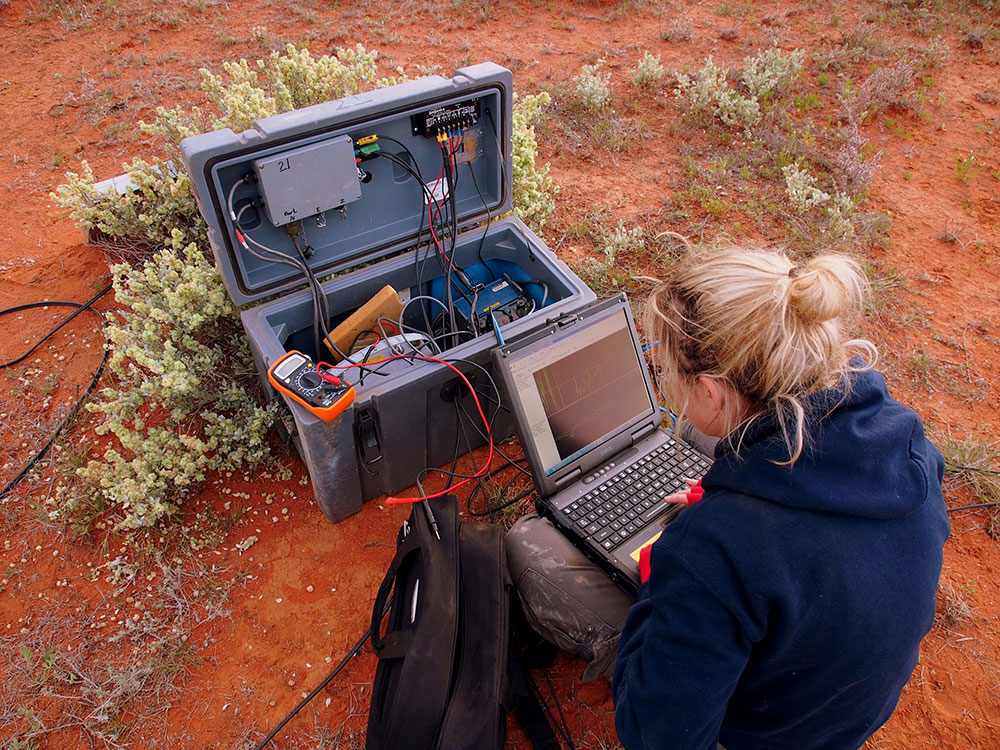
Locating critical minerals
Researchers from Curtin university have identified that the mineral rutile has different properties when located near an ore forming environment vs a non-ore forming environment. This discovery has the potential to assist the exploration industry in trying to find new deposits of valuable minerals.
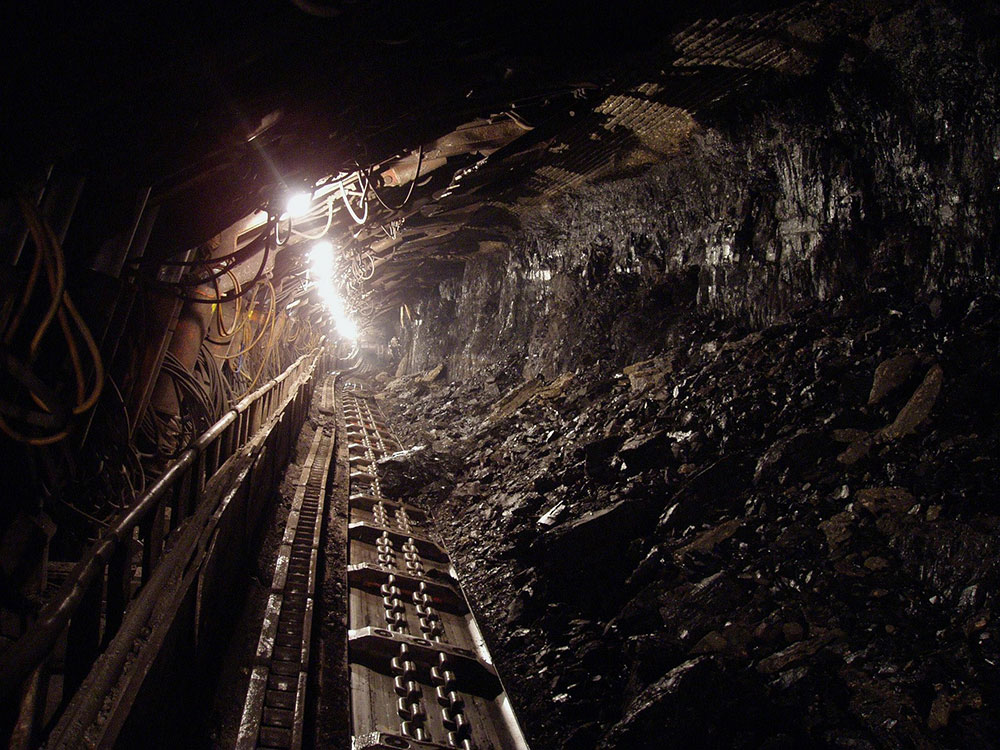
Asbestos testing in mines
A researcher from the National Imaging Facility has helped develop a software tool that assists with measuring asbestos fibres in mines. The tool makes the process of environmental air sampling and testing much more efficient by using high resolution microscopy images. The result is ensured safety for the staff at mining sites where fibrous materials may be present.
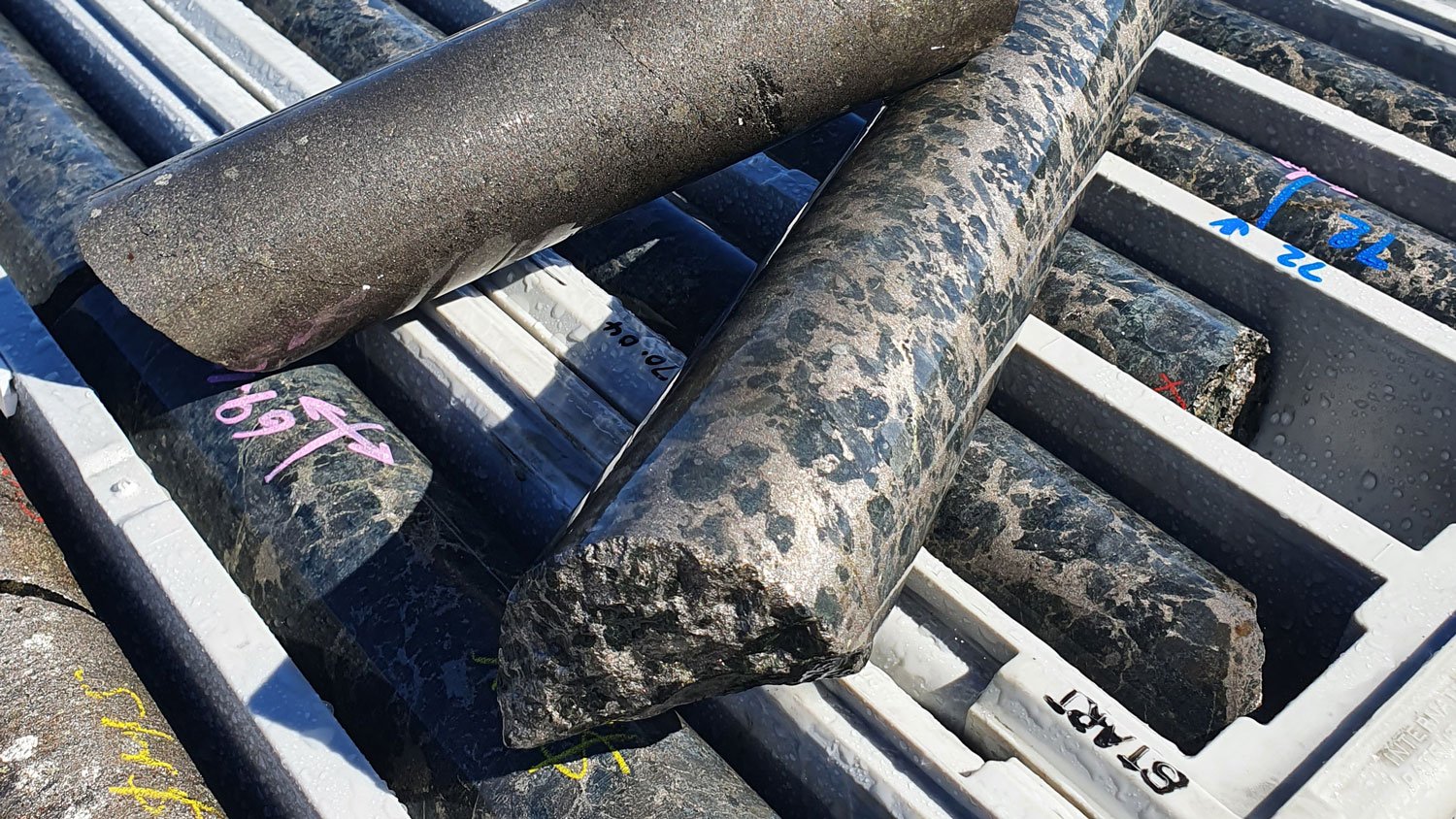
AuScope underpins Julimer polymetallic minerals discovery
Chalice mining limited have discovered the Julimar mineral deposit. The site is in Western Australia and houses a large amount of nickel, cobalt, copper, and platinum group elements. These minerals are critical for clean energy technologies. Data sets published by ANU and AuScope researchers lead to the discovery, Molten rock underneath Australia’s tectonic plate provided Julimar with is valuable minerals. High quality imaging has exposed the pathway that this molten rock took towards the near surface. This information is extremely valuable for narrowing the search in the future for more valuable minerals.
Pictured: ore zone of the Julimar polymetallic mineral deposit on Wadjuk Country in Western Australia. Image: Chalice Mining
More information available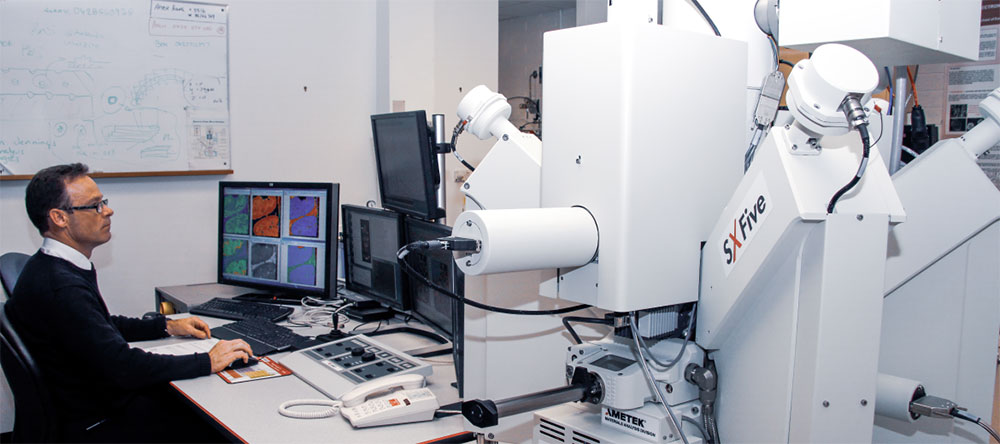
Supporting BHP mining since 1992
BHP operates one of the world’s largest ore mines in South Australia. The Olympic dam mine employs about 4500 people. Understanding the efficiency of mineral recovery is a large part of the process. Microscopy Australia have been providing their resources to analyse microscopic materials to maximise the efficiency of the mine. Microscopy Australia’s assistance has saved BHP millions of dollars.
More information available